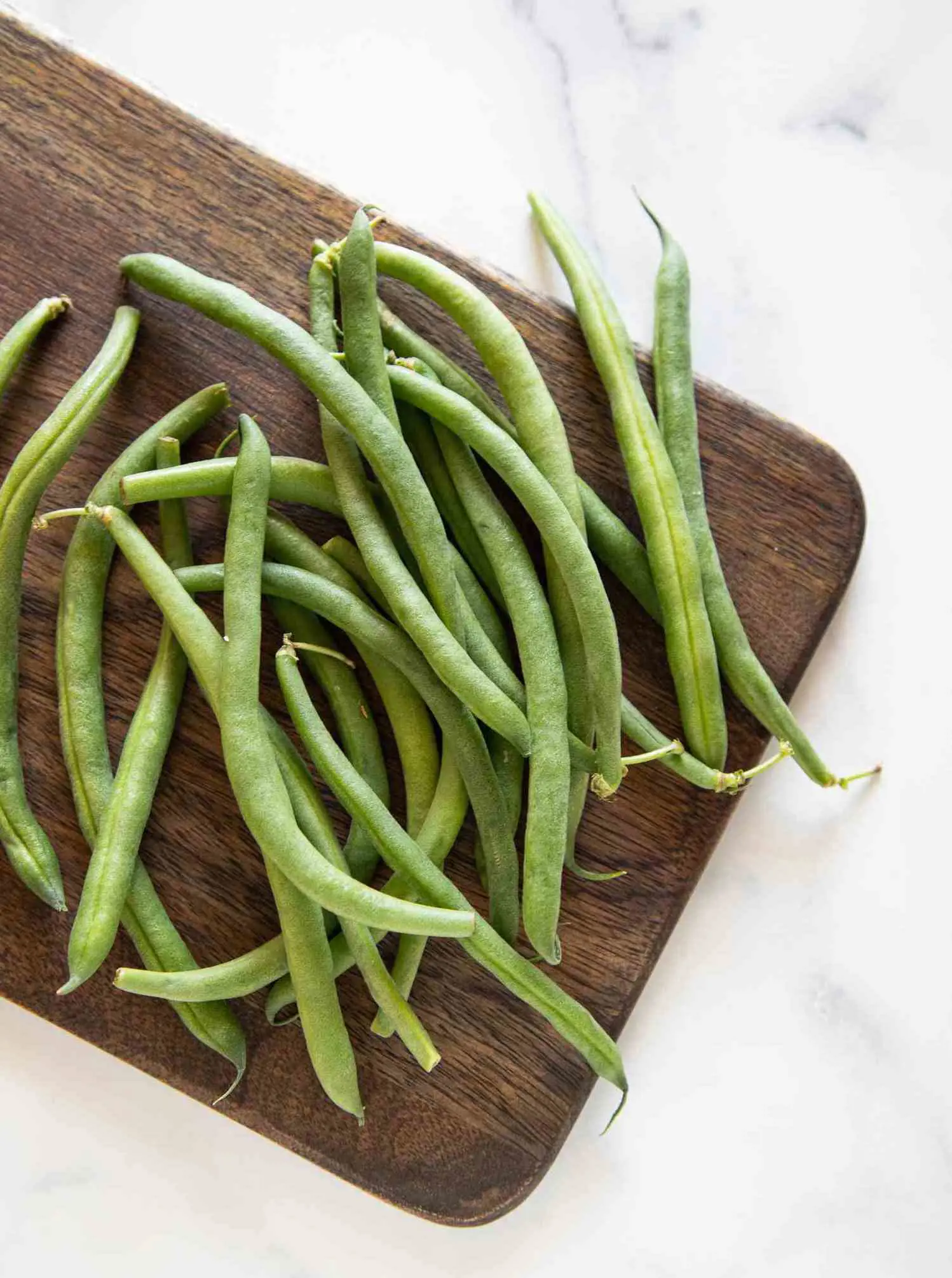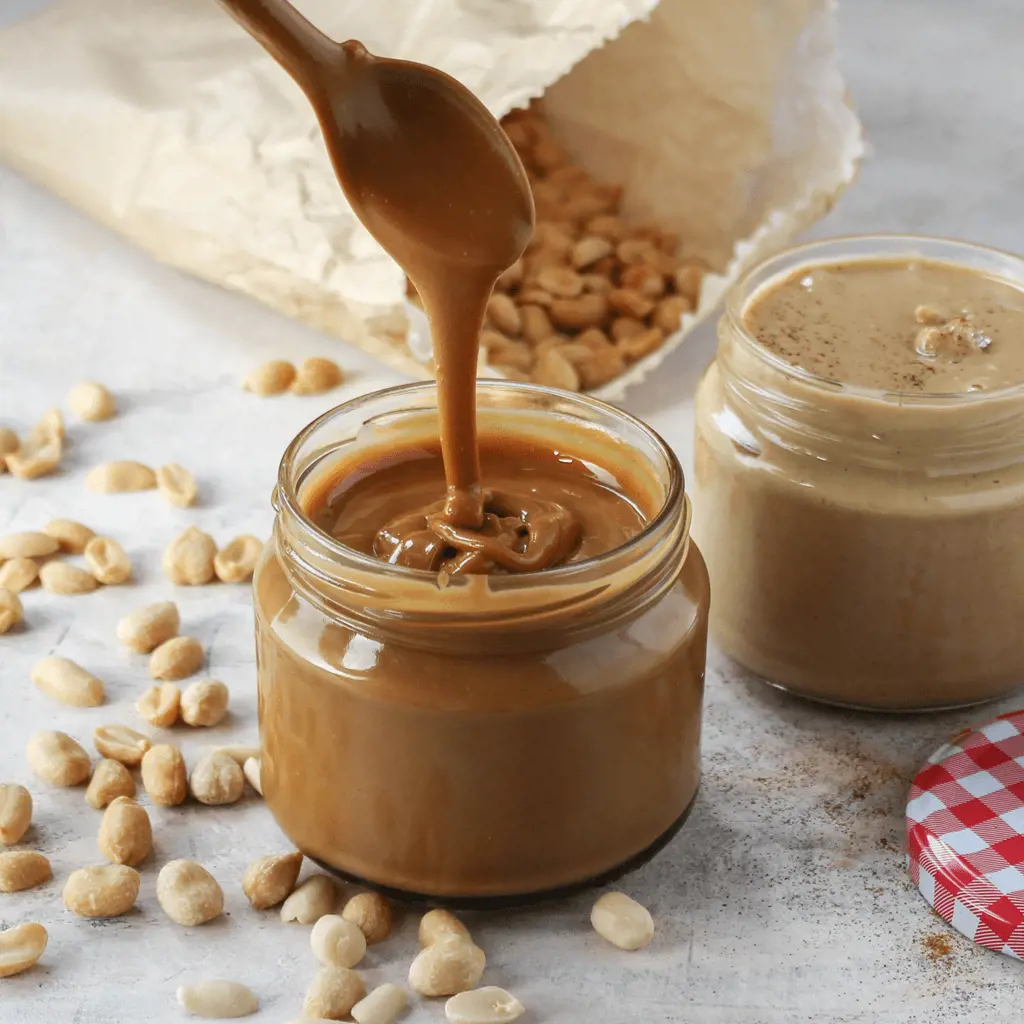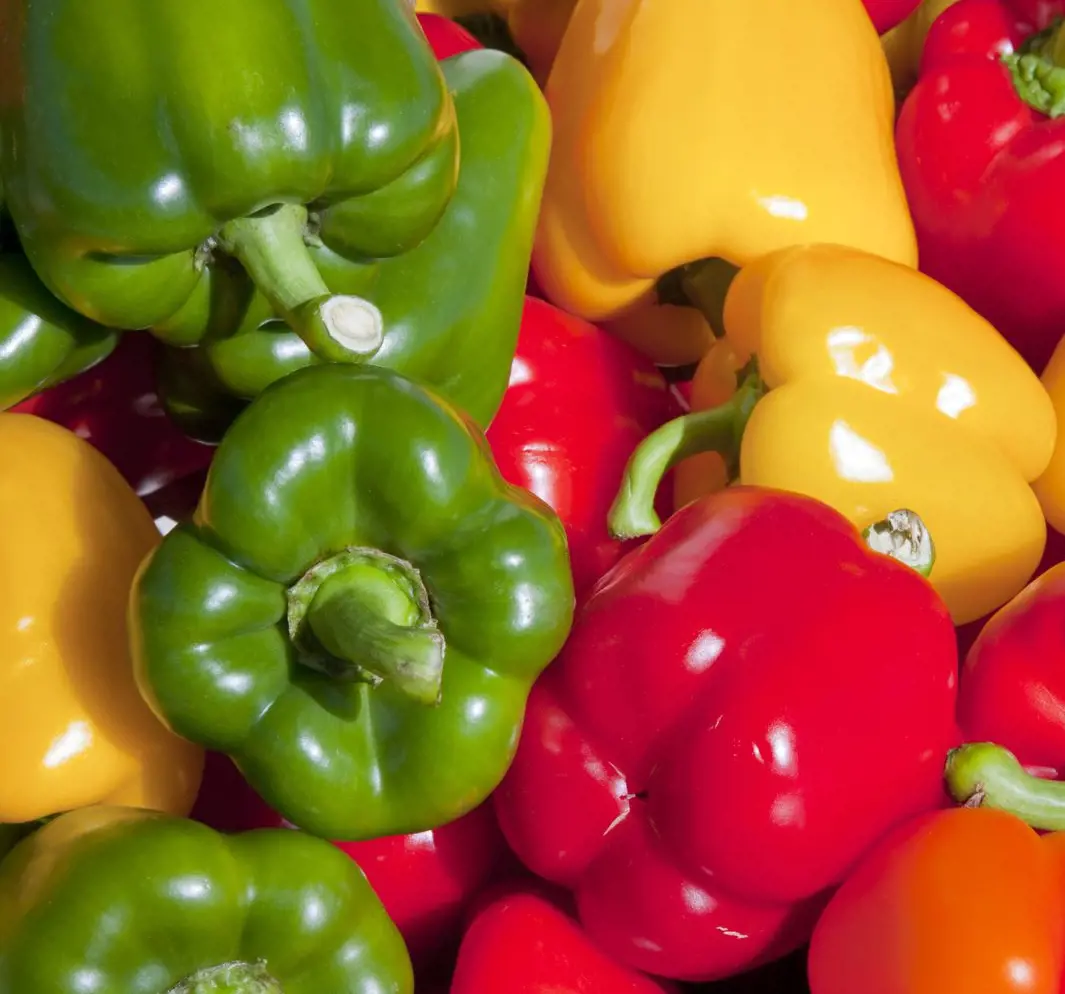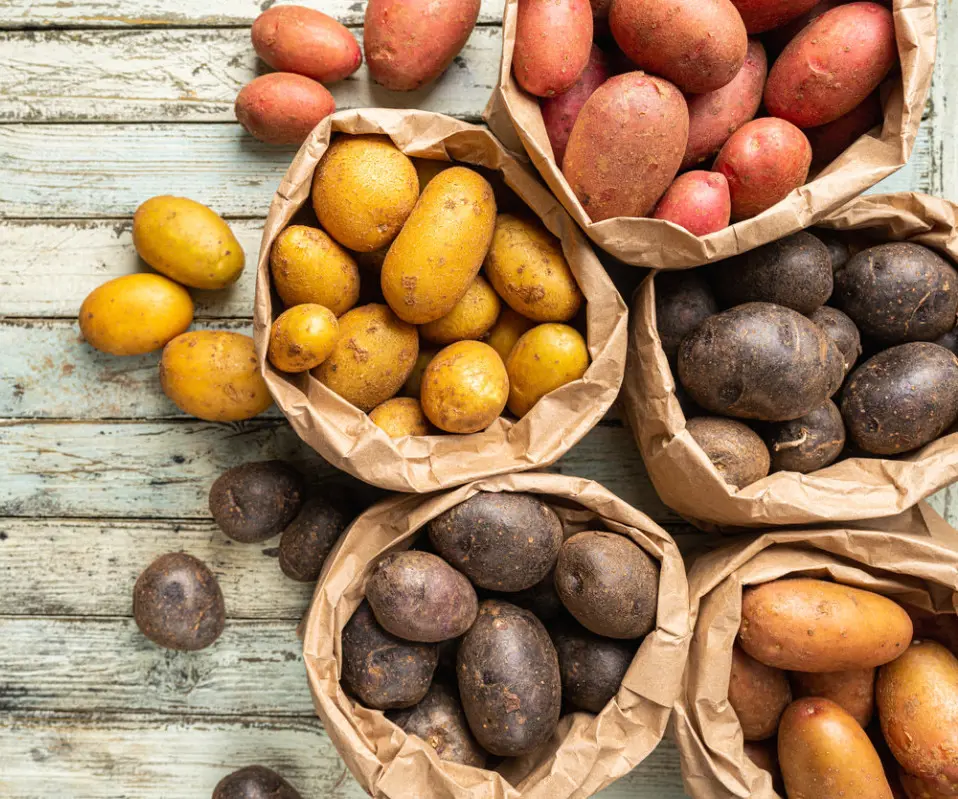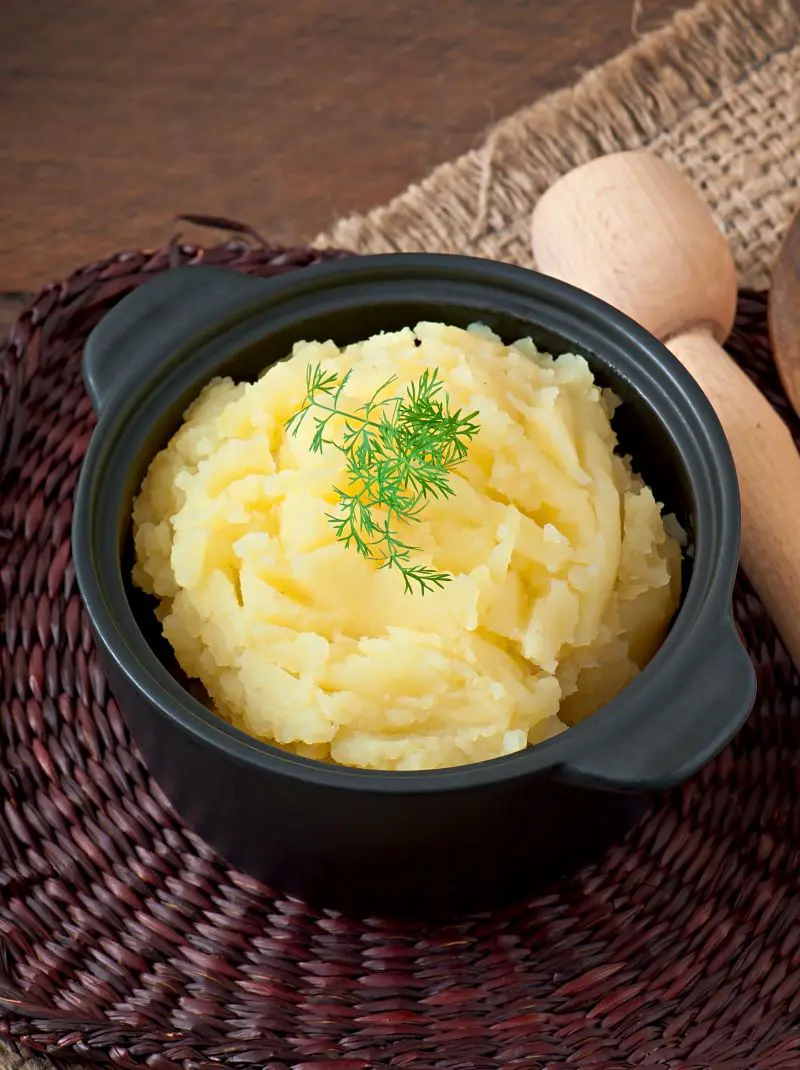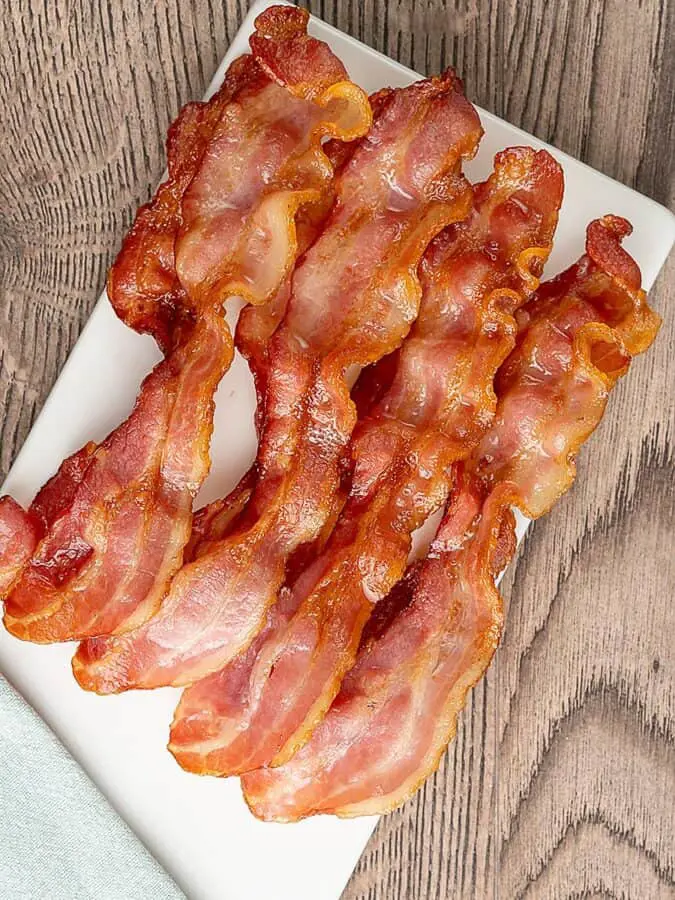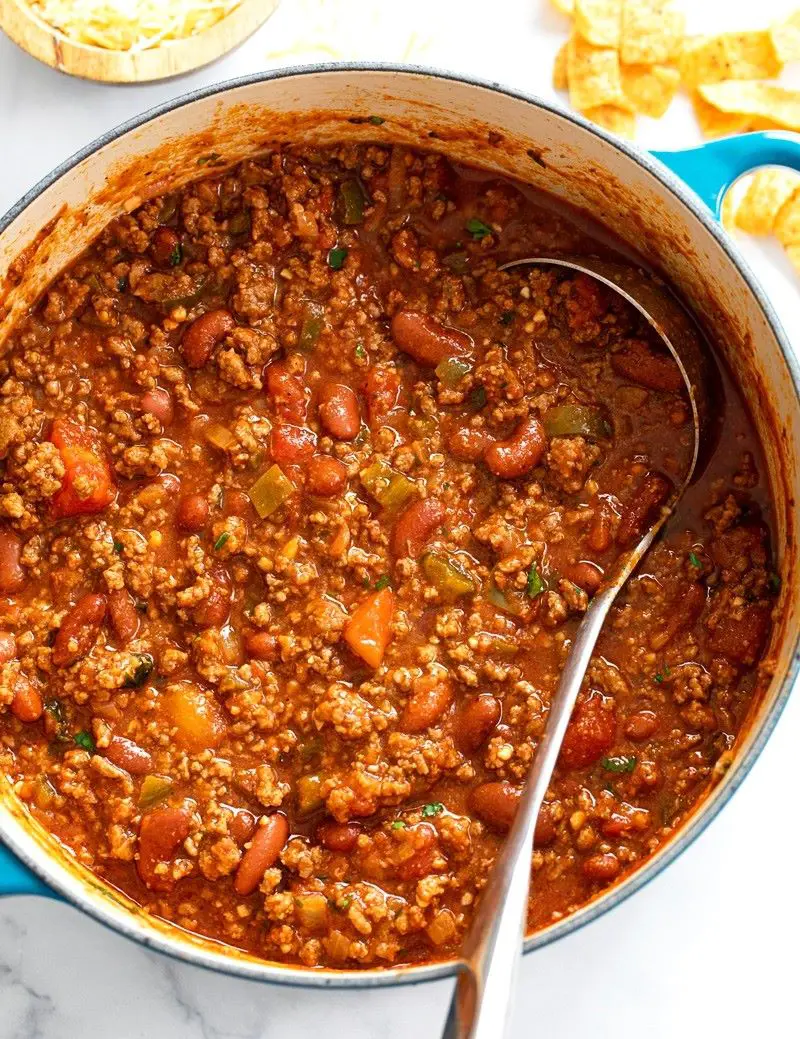Green beans are slender, elongated pods that are typically green in color, hence the name. Green beans are a popular addition to various cuisines worldwide due to their crunchy texture, vibrant color, and mild flavor. As compared to other types of beans, green beans are fresh and easily available.
Along with the culinary versatility, we will discuss the nutritional composition and possible health risks associated with the regular consumption of these beans.
Green Beans Nutritional Composition

Green beans, also known as string beans or snap beans, are nutritious vegetables that are low in calories and rich in essential vitamins and minerals. Here is the nutritional composition of 100 grams of raw green beans:
- Calories: 31
- Carbohydrates: 7 grams
- Fiber: 3 grams
- Protein: 2 grams
- Fat: 0 grams
- Vitamin C: 17% of the daily recommended intake
- Vitamin K: 20% of the daily recommended intake
- Folate: 10% of the daily recommended intake
- Vitamin A: 8% of the daily recommended intake
- Manganese: 8% of the daily recommended intake
- Potassium: 7% of the daily recommended intake
- Magnesium: 4% of the daily recommended intake
Green beans are also a good source of antioxidants, such as flavonoids and carotenoids, which help protect the body against free radicals and reduce the risk of chronic diseases. Additionally, they are low in sodium and cholesterol, making them a heart-healthy food choice.
It's important to note that the nutritional composition may vary slightly depending on the variety and cooking method of green beans. The following are some nutritional facts about green beans:
1. Calories
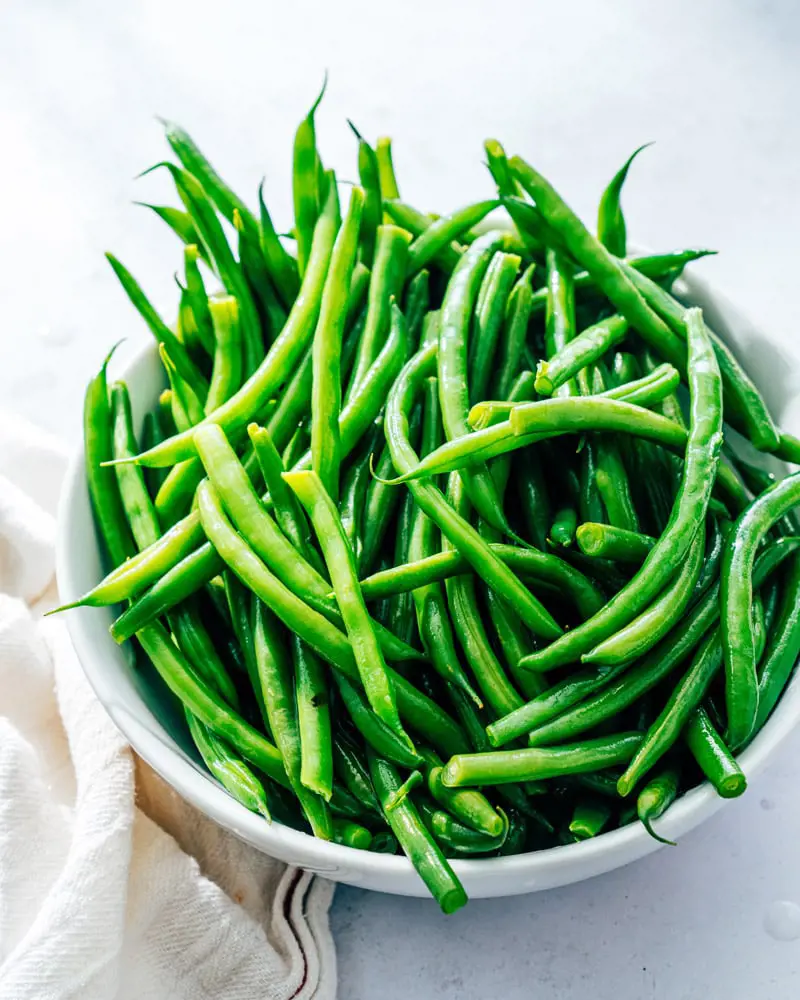
In terms of calories, green beans are impressively low. A one-cup serving of cooked green beans contains just 44 calories. This low-calorie content makes them an excellent choice for weight management or those watching their calorie intake. Despite their low-calorie count, green beans are rich in other vital nutrients.
The low-calorie content of the vegetable also makes it a diabetic-friendly vegetable. This is also good for individuals following a specific low-calorie diet.
2. Carbs
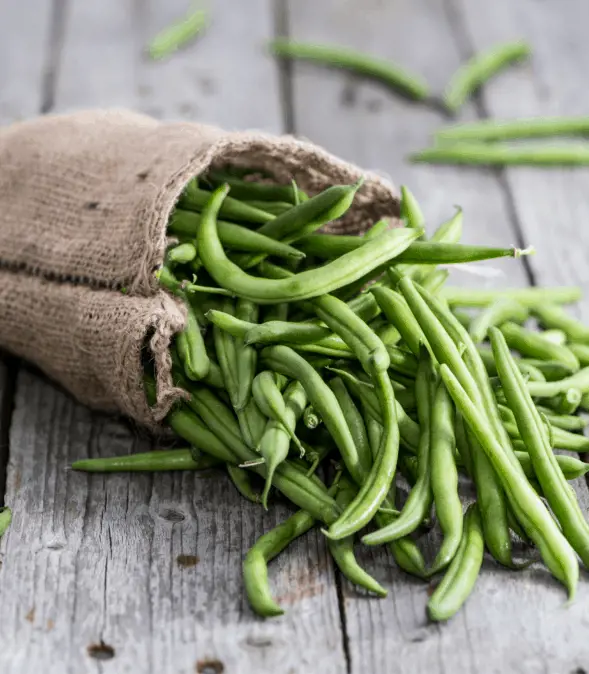
In a one-cup serving of cooked green beans, there are approximately 10 grams of carbohydrates. This makes them a suitable option for those following low-carb or ketogenic diets. The majority of these carbs come from dietary fiber, which is essential for maintaining a healthy digestive system.
Green beans are considered a non-starchy vegetable, which means they have a minimal impact on blood sugar levels. They do contain some complex carbohydrates which take longer time to be digested in the human body.
As a result of this, green beans are low glycemic index(32) food. This means that the carbs in green beans are released slowly in a way that doesn't cause abrupt spikes in blood sugar levels.
3. Fiber
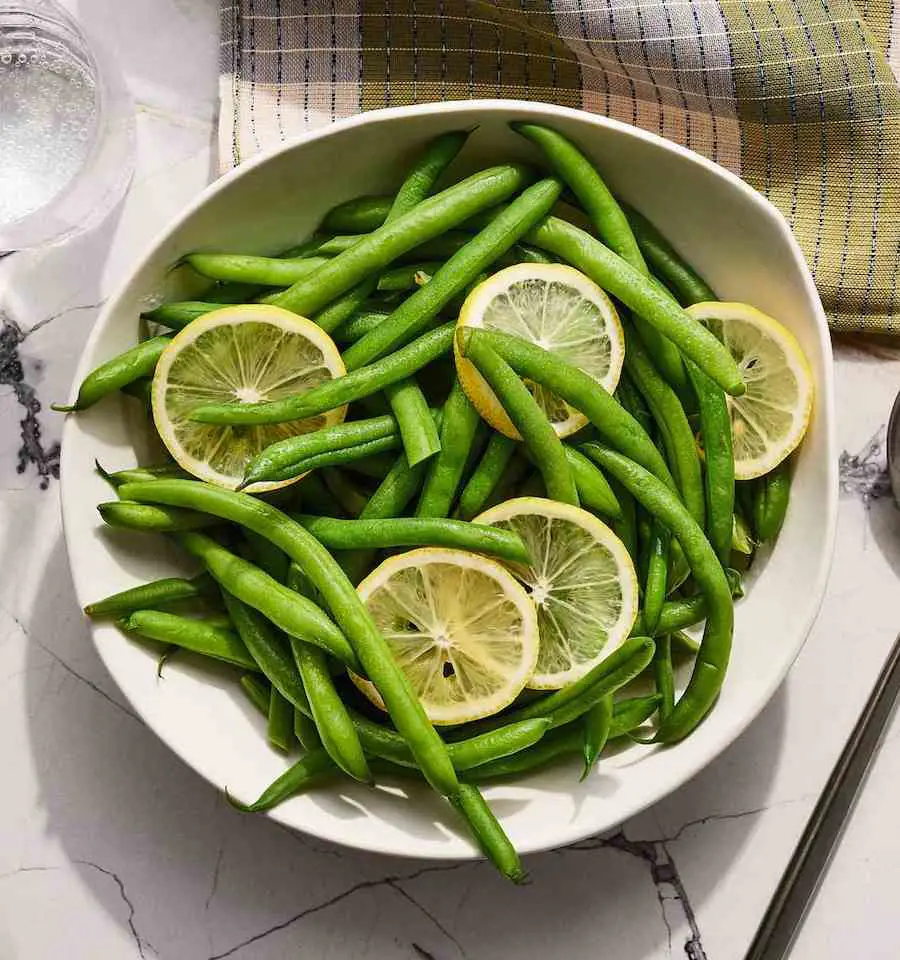
Fiber is an essential component of a healthy diet, and green beans are a fantastic source of this nutrient. These vibrant, crisp vegetables are packed with dietary fiber, making them a valuable addition to any balanced meal.
One cup of cooked green beans contains about 4 grams of fiber, contributing to the recommended daily intake of this crucial nutrient. Fiber helps regulate bowel movements, preventing constipation and promoting regularity.
The fiber in green beans occurs in both soluble and insoluble forms. The soluble fiber forms a gel-like consistency with water in the gut, which prevents the adhesion of cholesterol to the gut lining. The insoluble form of fiber adds bulk to the stool, helping in the smooth movement of the bulk through the tract.
4. Protein

Green beans are one of the important sources of protein in plants. While they may not contain as much protein as animal-based sources, green beans provide a significant amount of this essential macronutrient. These beans contain approximately 2 grams of protein per 100 grams. Although this may seem relatively low, incorporating green beans into a balanced diet can contribute to meeting daily protein requirements.
The protein in green beans is rich in amino acids, the building blocks of protein, which the body uses to create new proteins necessary for various bodily functions. It is advisable to add green beans to a plant-based diet because it ensures that a significant chunk of the nutrient is obtained via this vegetable.
5. Fat
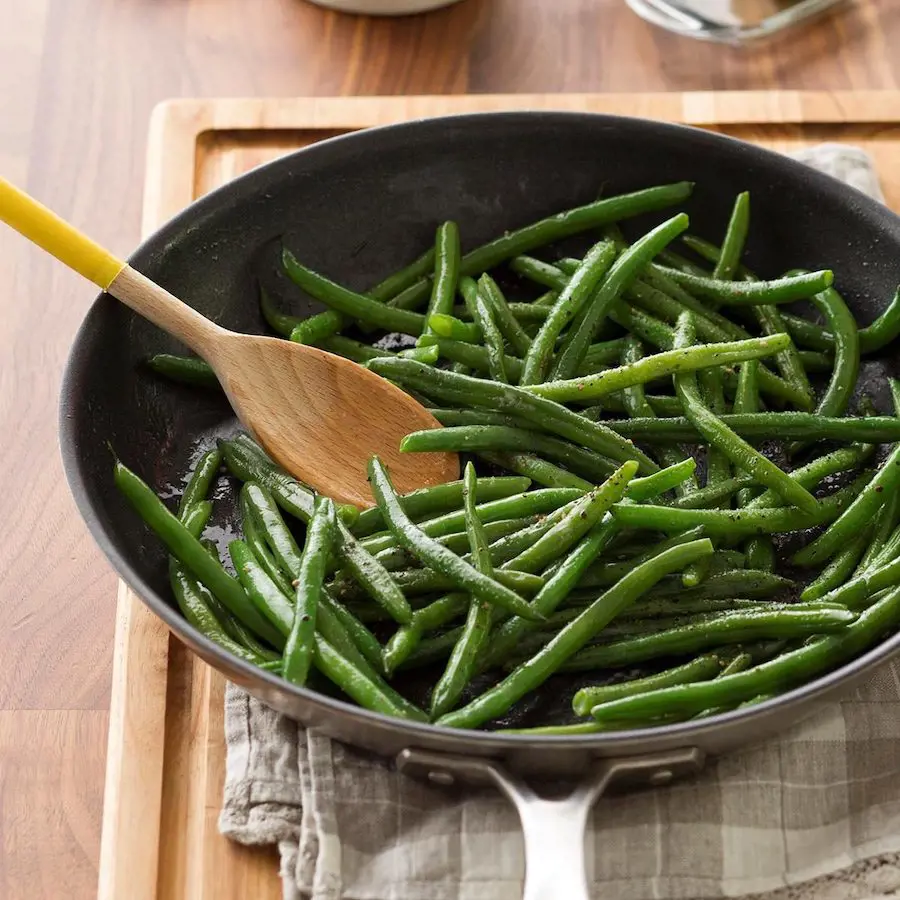
Green beans are low in calories as well as fats. They are virtually fat-free, making them an ideal food for individuals trying to limit their fat intake. This quality makes green beans a popular choice for those following a low-fat diet or trying to reduce their risk of heart disease and other health conditions associated with high-fat consumption.
Moreover, the absence of fat in green beans does not compromise their nutritional value as it is packed with several other nutrients. However, the concentration of fat in a meal containing green beans can differ significantly depending on the method of preparation.
For example, most people consume green beans by sauteeing them with butter or olive oil. This adds significant fat to the meal. So, it is important to understand the preparation method before you determine the nutritional composition of your meal.
6. Sugar
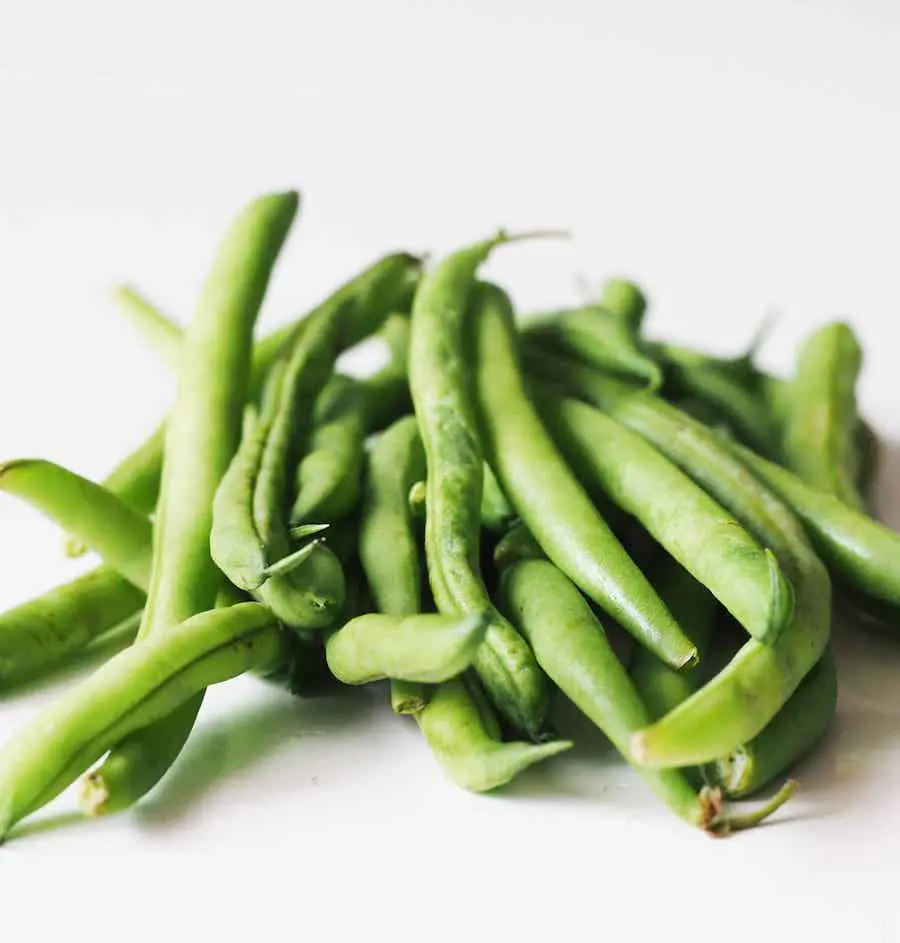
Green beans are naturally sweet due to the presence of complex carbohydrates. Most of the sugars in green beans occur in the form of complex carbohydrates. When compared to fibers, sugars still form a higher concentration within carbohydrates. The rest of the carbs occur in the form of fiber.
Sugars are important for the body because they are the primary source of energy for our body. So, it is important to have food containing this nutrient. However, it is also important to understand the concentration of sugar in food. Consuming high-content food regularly can increase blood sugar levels, resulting in health issues like diabetes.
Even though green beans are fairly high in sugar, the sugar is present in the form of complex structures. This sugar requires more time to be digested in the human digestive system. So it doesn't cause any sudden changes in the blood sugar levels.
7. Vitamin K
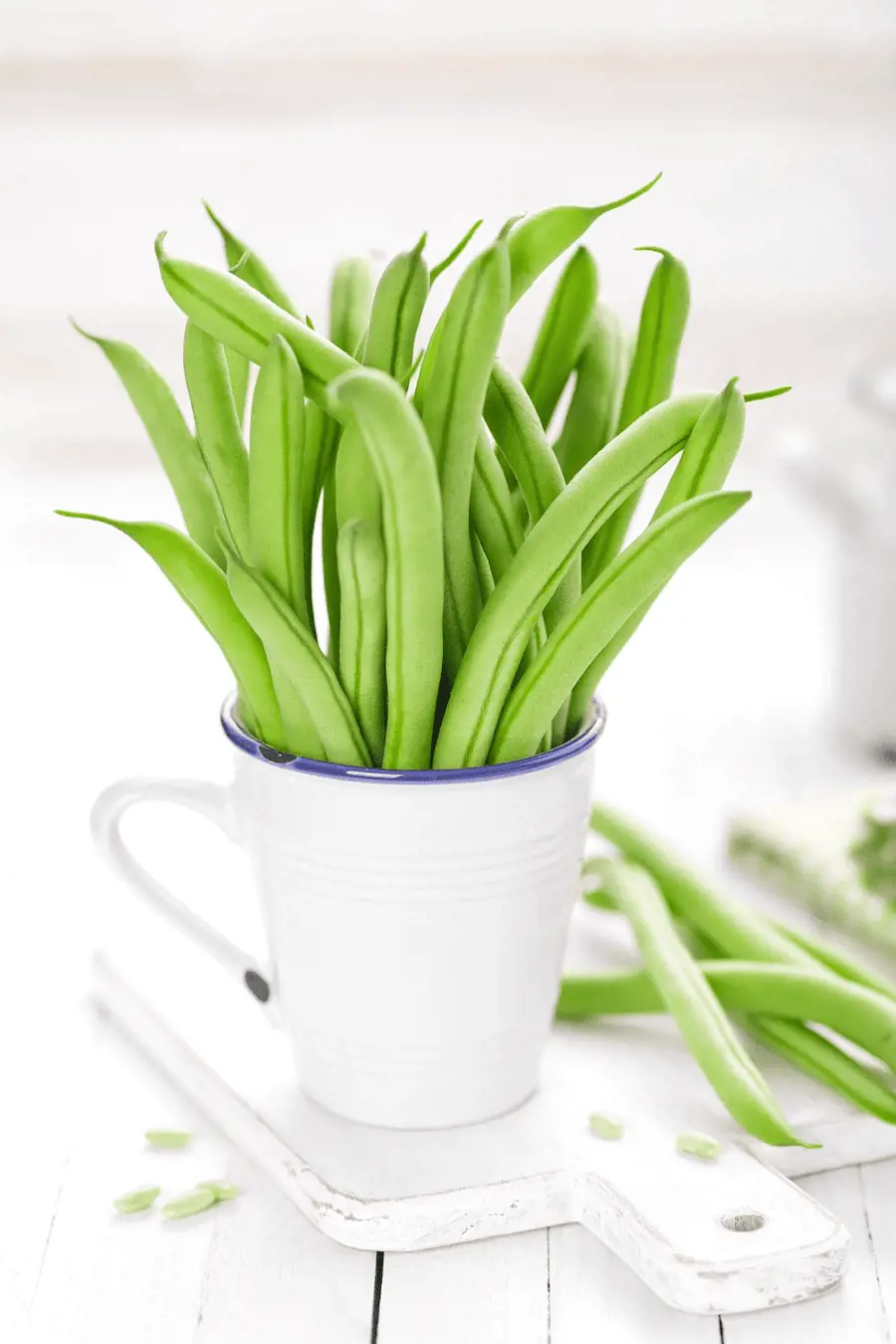
Vitamin K is a fat-soluble vitamin that plays a crucial role in blood clotting, bone health, and heart health. It is divided into two forms, K1 and K2. Green beans are particularly rich in Vitamin K1, which is essential for blood clotting. This vitamin helps in the activation of certain proteins that are responsible for blood clot formation, preventing excessive bleeding.
Green beans are an important source of this nutrient. A half-cup serving of cooked green beans provides approximately 20% of the recommended intake for a day.
However, it is not advised to take green beans as the sole source of vitamin K. You should have this along with other vitamin K-rich vegetables like spinach and cabbage.
8. Folate

Folate, also known as vitamin B9, is an essential nutrient found abundantly in green beans. These vibrant and nutritious vegetables are a fantastic source of folate, providing numerous health benefits to those who consume them regularly.
Folate plays a crucial role in the body's production and maintenance of DNA, the genetic material that carries all the instructions for cell growth and division. It is especially important during periods of rapid growth and development, such as pregnancy and infancy.
Green beans are an excellent source of folate, with just one cup providing about 30% of the recommended daily intake for adults. Their high folate content and the convenience of incorporating them into our diet makes it a feasible option for many.
9. Vitamin C
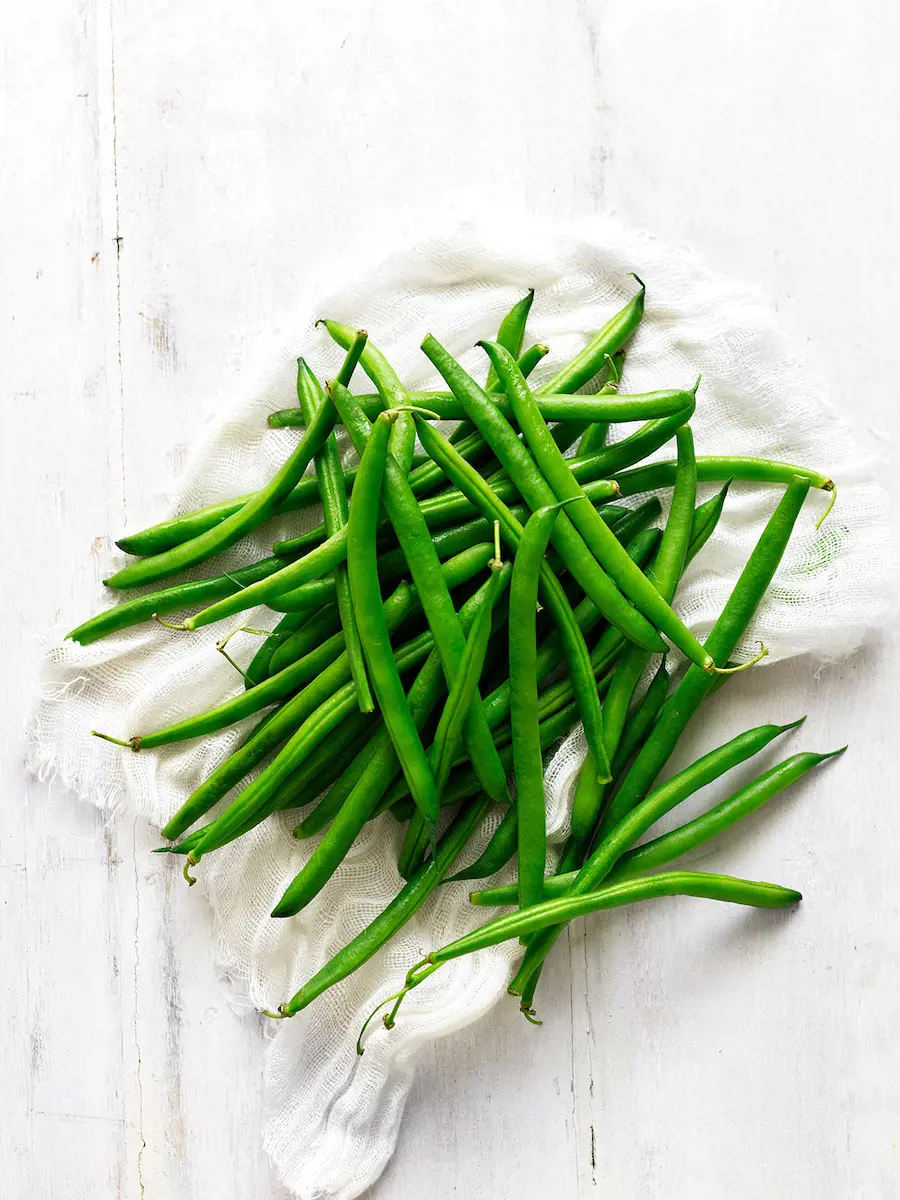
Green beans are also a good source of Vitamin C, with a 100-gram serving providing approximately 16% of the recommended daily intake. This water-soluble vitamin acts as a powerful antioxidant, protecting the body against harmful free radicals that can damage cells and lead to various diseases.
Vitamin C is essential for the synthesis of collagen, a protein that supports the structure of the skin, bones, and blood vessels. It also aids in wound healing and promotes the absorption of iron from plant-based sources. Additionally, Vitamin C strengthens the immune system, helping the body fight off infections and illnesses.
Including green beans in your diet can help boost your Vitamin C intake, contributing to overall health and well-being.
10. Manganese
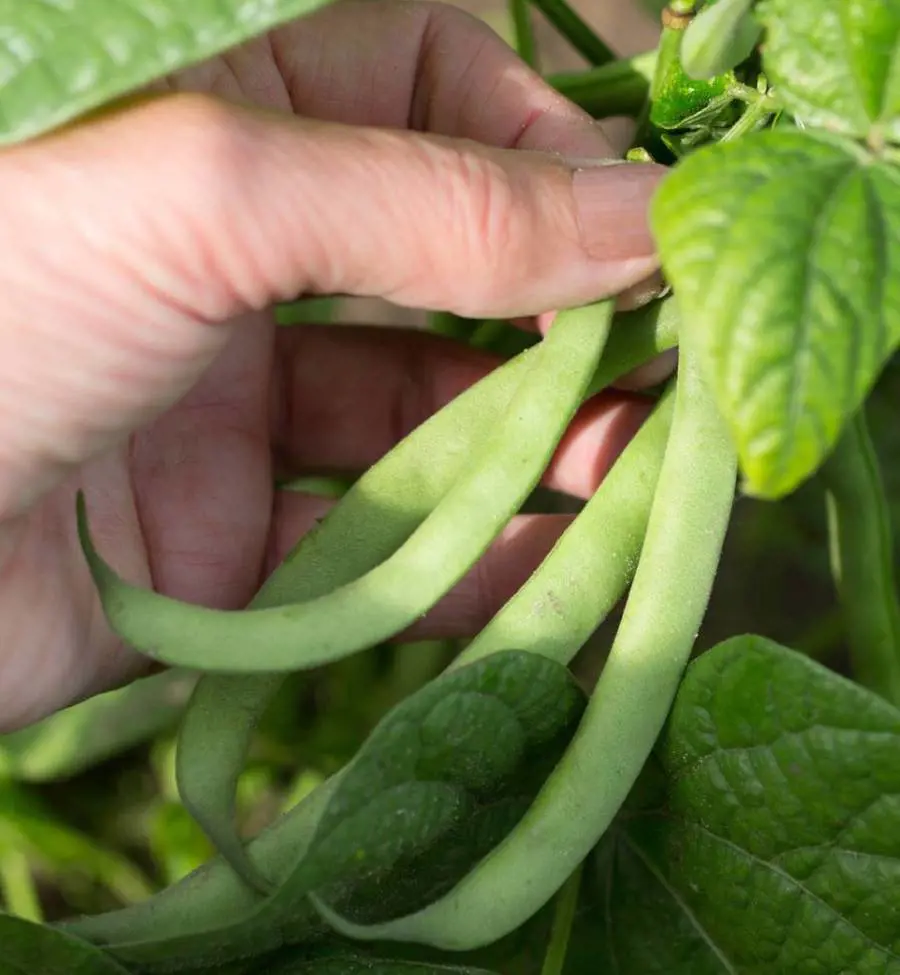
These green vegetables contain about 8% of the total recommended intake of manganese. Manganese is an essential nutrient that is important in maintaining proper metabolism of carbohydrates, cholesterol, and amino acids.
While manganese is an essential nutrient, it is important to consume it in moderation, as excessive intake can be harmful. The recommended daily intake of manganese for adults is 2.3 milligrams for men and 1.8 milligrams for women.
11. Potassium

Potassium is an essential mineral found abundantly in green beans. These vibrant, crunchy vegetables are often consumed as a powerful source of this nutrient. This mineral plays a crucial role in maintaining proper bodily functions. It helps regulate fluid balance, nerve function, and muscle contractions. Potassium also supports heart health by helping to control blood pressure levels and reduce the risk of stroke.
A 100-gram serving of green beans contains approximately 211 milligrams of potassium. This makes them an excellent choice for individuals looking to increase their potassium intake. Incorporating green beans into your diet can help ensure that you meet the recommended daily intake of this important mineral.
12. Magnesium

Yet another mineral abundantly found in nature is Magnesium. Magnesium plays a crucial role in over 300 biochemical reactions within the body. It is involved in energy production, DNA synthesis, nerve function, and muscle contraction. This mineral also helps regulate blood pressure, maintain a healthy heart rhythm, and support a strong immune system.
In the case of green beans, they contribute 9% of the recommended daily intake of this mineral for adults. While it might not seem like a lot, adding green beans to your meals can boost the concentration of this mineral you're consuming each day. It is also important to understand that you cannot consume green beans as the primary source of this mineral.
13. Iron
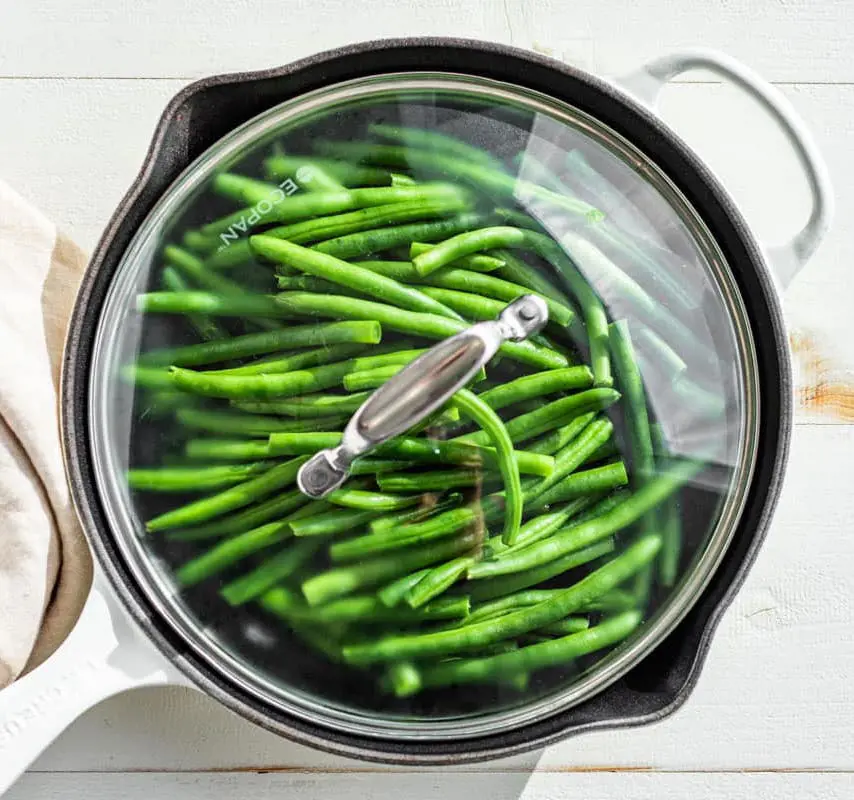
Green beans are a surprising source of iron. Even though most iron occurs in meats, green beans can provide some plant-based iron necessary for the body. Since iron deficiency can cause devastating effects on the body, adding iron-rich food in your diet will help you prevent such conditions.
These vibrant beans contain non-heme iron, which is the form of iron found in plant-based foods. Although non-heme iron is not as easily absorbed by the body as heme iron found in animal products, consuming it alongside vitamin C-rich foods can enhance its absorption. Luckily, green beans are also a good source of vitamin C, further boosting iron uptake.
14. Vitamin A

Like vitamin K, vitamin A is also a fat-soluble vitamin. It is essential for various bodily functions, including vision, immune system function, and cell growth and differentiation.
Just one cup of cooked green beans provides approximately 20% of the daily recommended intake of Vitamin A. This makes this vegetable a good source of this vitamin. The vitamin A in green beans is often found in the beans themselves. Make sure to take another source of vitamin A or a supplement to meet the rest of the requirements for this nutrient.
15. Vitamin B6

Vitamin B6 is particularly important in pregnant women as it helps in the development of the baby's brain and nervous system. It also aids in maintaining a healthy immune system by promoting the production of antibodies and supporting the growth of immune cells.
Green beans are not a very good source of this vitamin; however, a 100-gram serving of green beans provides approximately 0.15 milligrams of Vitamin B6. This can contribute to the recommended daily intake for adults. You'll need to the get the rest via supplements or other food sources.
Possible Risks of Green Beans
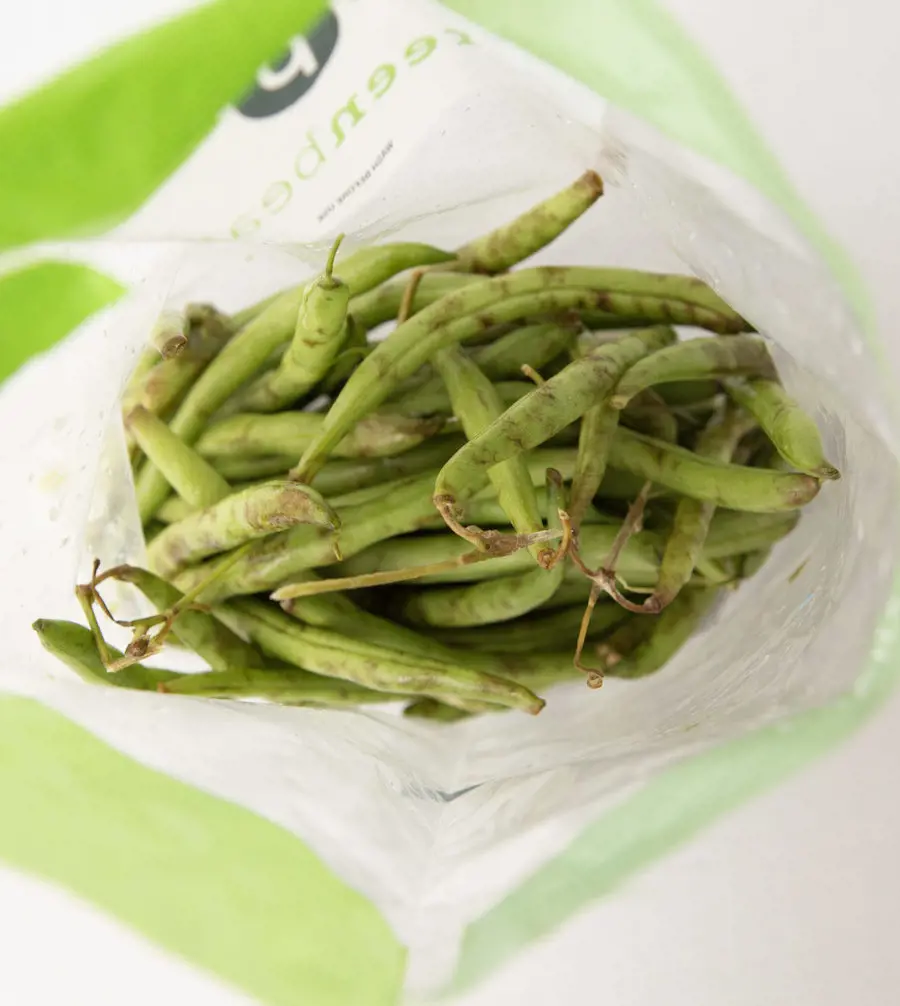
Green beans are a popular and nutritious vegetable. However, like any other food, there are potential risks associated with their consumption.
- One such possible risk of green beans is the presence of pesticides. Conventionally grown green beans are often treated with pesticides to protect them from pests and diseases. Consuming green beans that have been sprayed with these chemicals can potentially lead to adverse health effects, especially if consumed in large quantities or over an extended period.
- Another risk is the presence of toxins in improperly cooked or stored green beans. Undercooked or raw green beans can contain lectins, a type of protein that can be toxic if consumed in high amounts. These toxins can cause symptoms like nausea, vomiting, and diarrhea.
- Additionally, if green beans are not stored properly, they can become contaminated with harmful bacteria like Salmonella or E. coli, which can cause food poisoning.
- Furthermore, some individuals may have an allergic reaction to green beans. Although rare, allergies to green beans can cause symptoms like itching, swelling, hives, and difficulty breathing. People with known legume allergies should exercise caution when consuming green beans.
- Lastly, green beans contain a naturally occurring compound called phytic acid, which can interfere with the absorption of certain minerals like calcium and zinc. So, if you're someone who struggles with a deficiency of such nutrients, it is better if you don't consume this vegetable in large amounts.

